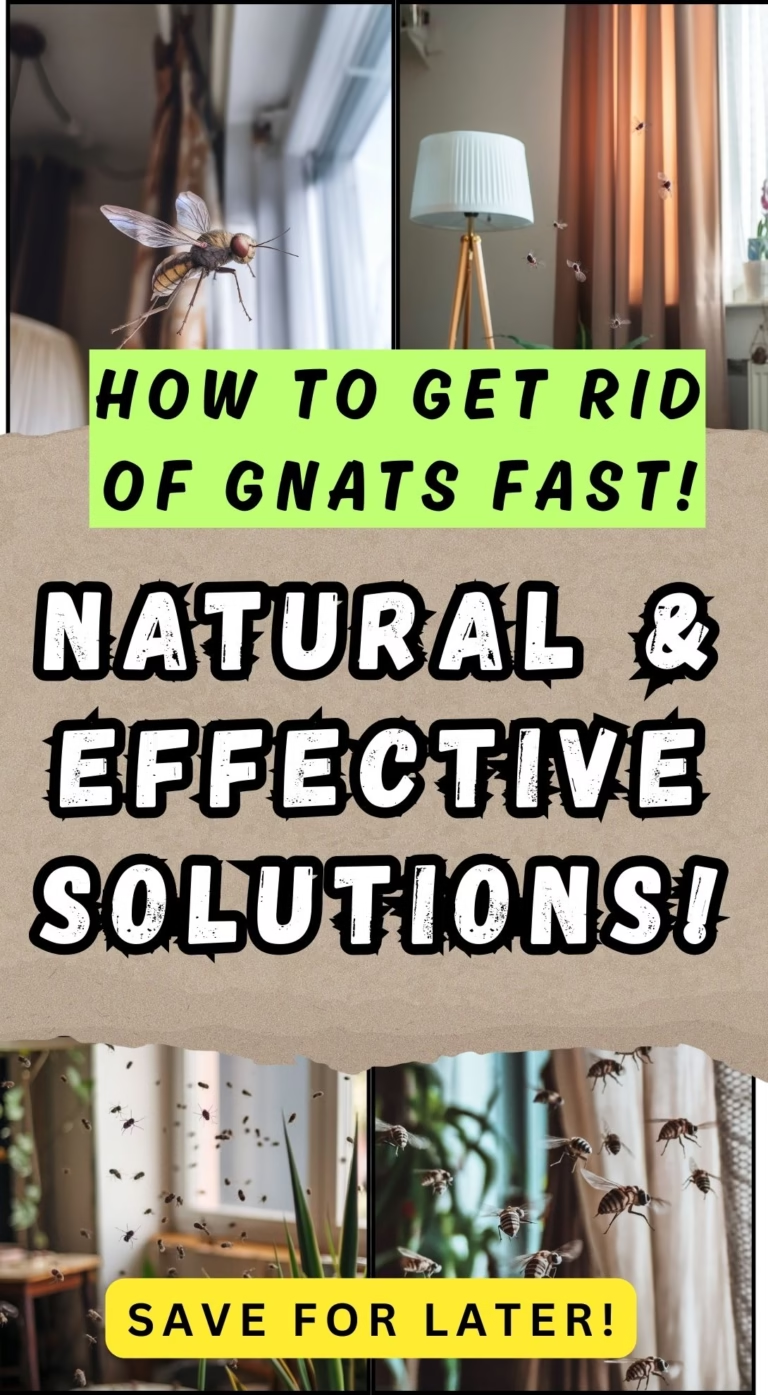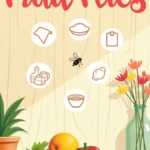Gnats are tiny, flying insects that can quickly become a nuisance in your home. They are attracted to moisture, decaying organic matter, and sweet scents, making kitchens, bathrooms, and potted plants their favorite breeding grounds. If left unchecked, a small gnat problem can turn into a full-blown infestation.
In this comprehensive guide, we’ll cover everything you need to know about to get rid of gnats from your home, including:
- Identifying the Type of Gnats in Your Home
- Common Causes of Gnat Infestations
- Natural Remedies to Kill and Repel Gnats
- Chemical Solutions for Severe Infestations
- Preventing Future Gnat Problems
- When to Call a Professional Exterminator
Let’s dive in!
1. Identifying the Type of Gnats in Your Home
Not all gnats are the same. Different species require different elimination methods. The most common household gnats include:
A. Fungus Gnats
- Appearance: Small, dark, mosquito-like flies.
- Habitat: Found around overwatered houseplants, potting soil, and decaying plant matter.
- Behavior: Larvae feed on fungi and plant roots, while adults hover around soil.
B. Fruit Flies
- Appearance: Tiny, tan or brown with red eyes.
- Habitat: Drawn to ripe or rotting fruits, vegetables, and fermented liquids (like wine or vinegar).
- Behavior: Breed rapidly near food sources.
C. Drain Flies (Sewer Gnats)
- Appearance: Small, fuzzy, moth-like wings.
- Habitat: Thrive in slimy drains, sewage, and standing water.
- Behavior: Lay eggs in the gelatinous gunk inside pipes.
D. Phorid Flies (Humpbacked Flies)
- Appearance: Tiny, humpbacked, and fast-moving.
- Habitat: Found near decaying organic matter, garbage, and even dead animals.
- Behavior: Often mistaken for fruit flies but have a different breeding pattern.
Knowing which type of gnat you’re dealing with will help you target the source more effectively.
2. Common Causes of Gnat Infestations
Gnats don’t just appear out of nowhere—they’re attracted to specific conditions in your home. Common causes include:
A. Overwatered Houseplants
- Fungus gnat larvae thrive in damp soil.
- Poor drainage in pots creates a breeding ground.
B. Rotting Fruits and Vegetables
- Fruit flies lay eggs on ripe or decaying produce.
- Even small spills of juice or alcohol can attract them.
C. Dirty Drains and Garbage Disposals
- Organic buildup in pipes attracts drain flies.
- Food scraps in trash cans invite phorid and fruit flies.
D. Standing Water
- Leaky pipes, pet water bowls, and clogged gutters can harbor gnats.
E. Open Windows and Doors
- Gnats can easily fly inside if screens are damaged.
3. Natural Remedies to Kill and Repel Gnats
Before reaching for chemicals, try these effective natural solutions:
A. Apple Cider Vinegar Traps
- Fill a small bowl with apple cider vinegar and a few drops of dish soap.
- Cover with plastic wrap and poke small holes.
- Gnats are attracted to the scent, fly in, and drown.
B. Red Wine Trap
- Place leftover red wine in a jar with plastic wrap and holes.
- Works similarly to vinegar traps.
C. DIY Fruit Fly Paper
- Mix honey or corn syrup with yellow paper strips.
- Hang near infested areas—flies stick to the sweet trap.
D. Hydrogen Peroxide for Fungus Gnats
- Mix 1 part 3% hydrogen peroxide with 4 parts water.
- Water plants with this solution to kill larvae in the soil.
E. Cinnamon Powder
- Sprinkle cinnamon on top of potting soil—it acts as a natural fungicide, killing gnat larvae.
F. Essential Oil Sprays
- Mix water with a few drops of peppermint, eucalyptus, or lemongrass oil in a spray bottle.
- Spray around windows, drains, and plants to repel gnats.
G. Sticky Traps
- Place yellow sticky traps near plants to catch adult fungus gnats.
4. Chemical Solutions for Severe Infestations
If natural remedies don’t work, consider these stronger options:
A. Insecticidal Soap
- Safe for plants and kills gnats on contact.
- Spray directly on adult gnats and larvae.
B. Pyrethrin-Based Sprays
- Effective against flying insects but use with caution around pets.
C. Drain Cleaners for Drain Flies
- Use an enzymatic drain cleaner to break down organic buildup.
- Bleach can also help but may damage pipes over time.
D. Commercial Gnat Traps
- Brands like TERRO Fruit Fly Trap or Katchy Indoor Insect Trap work well.
5. Preventing Future Gnat Problems
To get rid of is only half the battle—keeping them away is key.
A. Store Food Properly
- Keep fruits and veggies in the fridge or sealed containers.
- Clean spills immediately.
B. Maintain Dry Soil in Houseplants
- Let the top inch of soil dry before watering.
- Use pots with drainage holes.
C. Clean Drains Regularly
- Pour boiling water down drains weekly.
- Use a drain brush to remove sludge.
D. Secure Trash and Compost Bins
- Use bins with tight-fitting lids.
- Take out garbage frequently.
E. Install Fine Mesh Screens
- Repair torn window screens to prevent gnats from entering.
6. When to Call a Professional Exterminator
If gnats persist despite your efforts, it may be time to call pest control. Professionals can:
- Identify hidden breeding sites.
- Use stronger treatments for severe infestations.
- Provide long-term prevention strategies.
Final Thoughts
Gnats are annoying but manageable with the right approach. Start by identifying the type of gnat, eliminating their breeding sources, and using traps or natural repellents. For stubborn infestations, chemical solutions or professional help may be necessary.
By maintaining a clean, dry home and taking preventive measures, you can keep these pests away for good.
Have you dealt with gnats before? What worked best for you? Share your tips in the comments!



